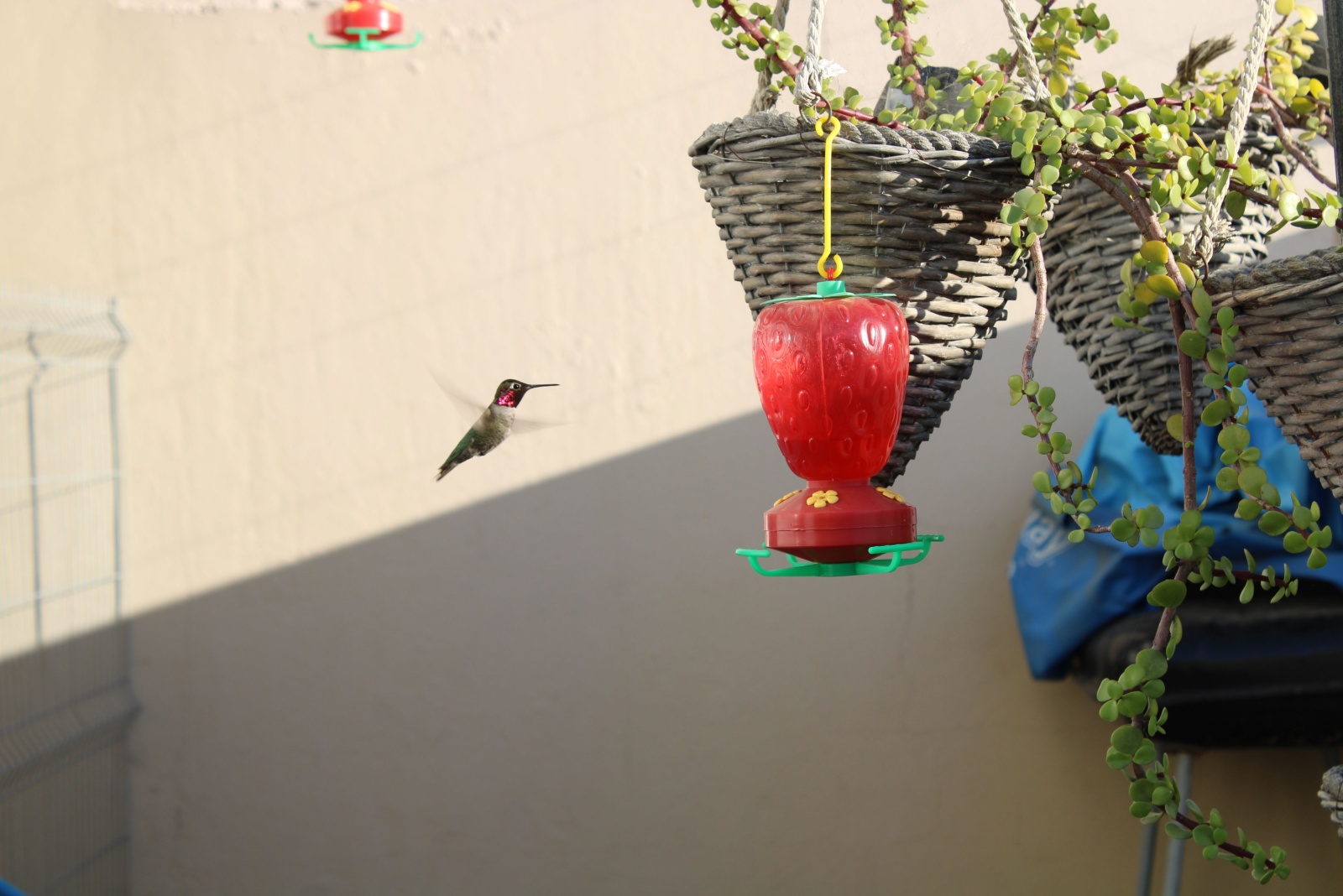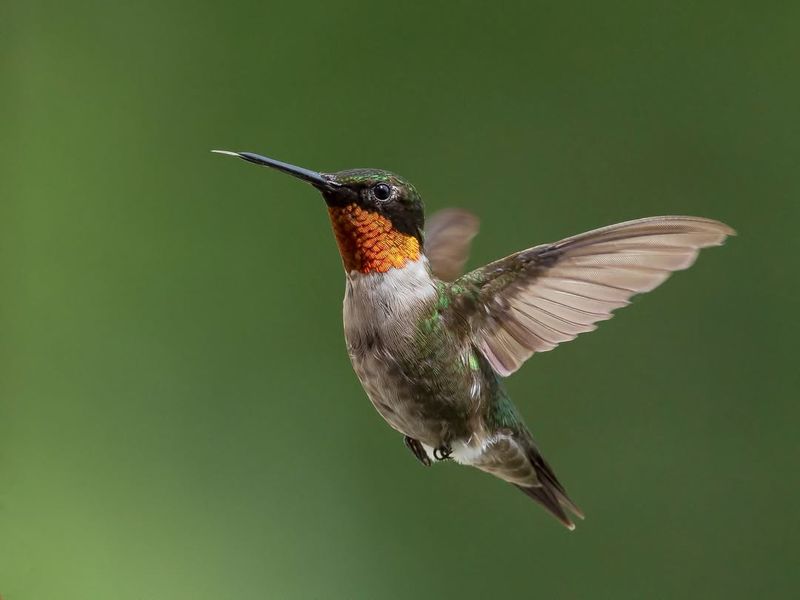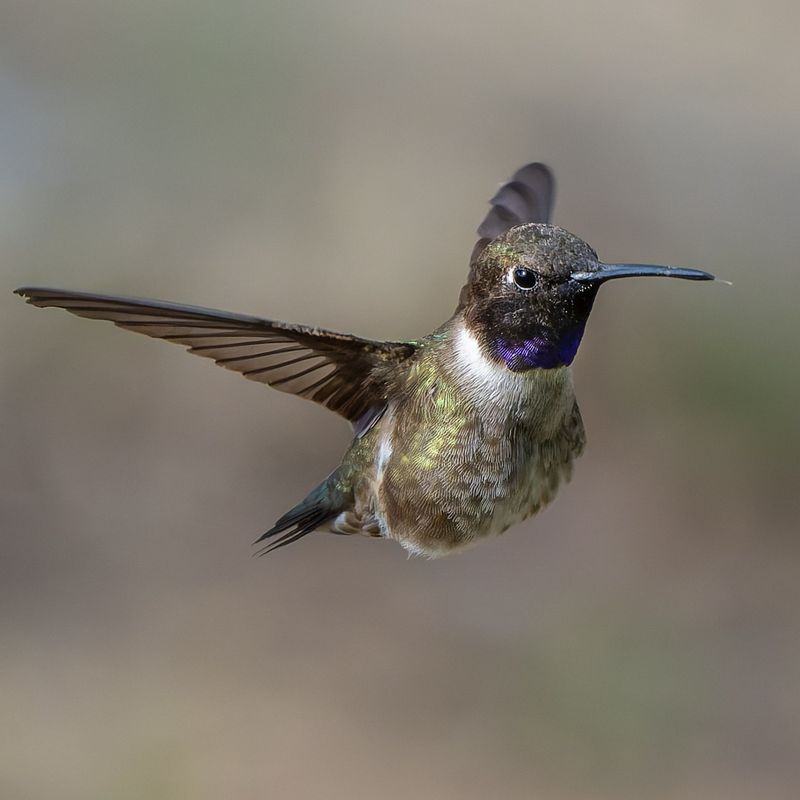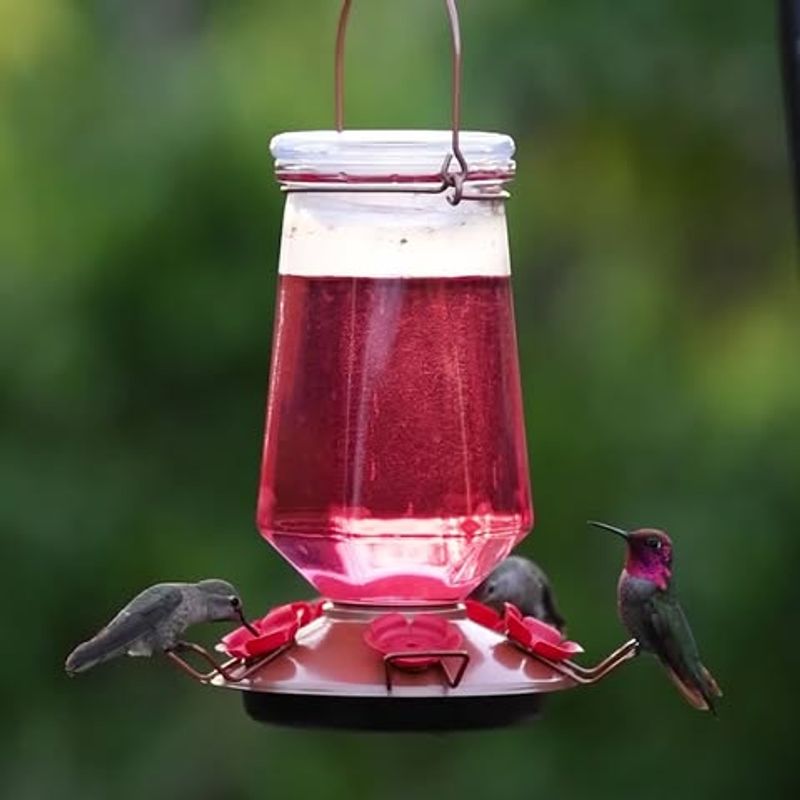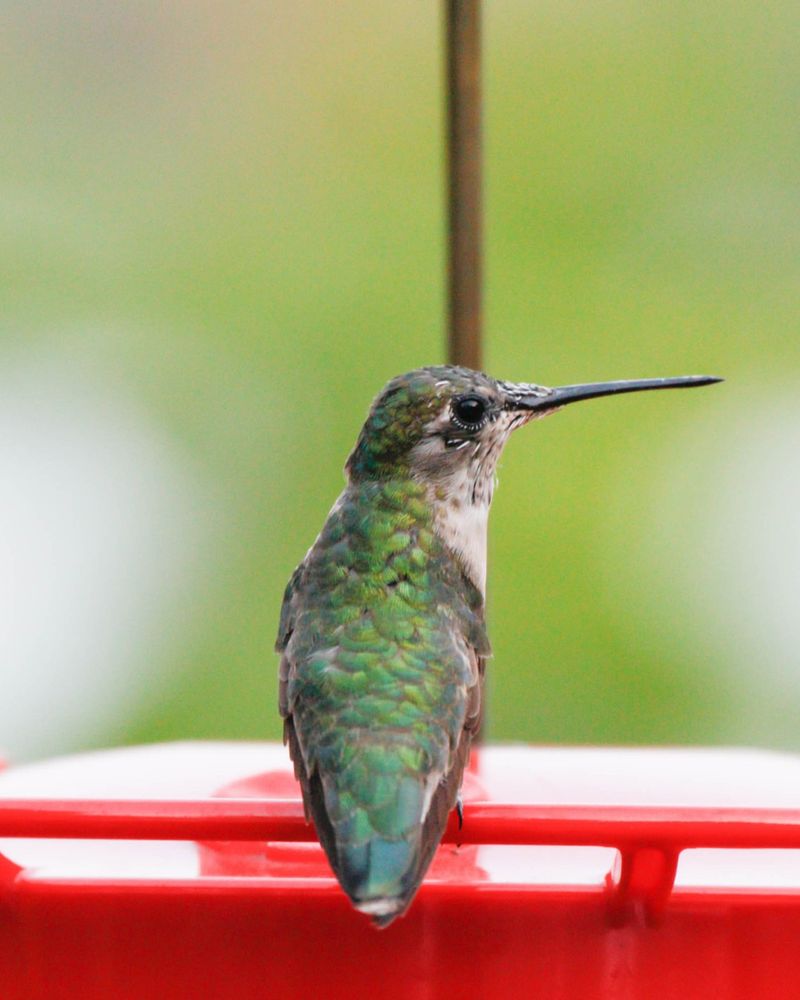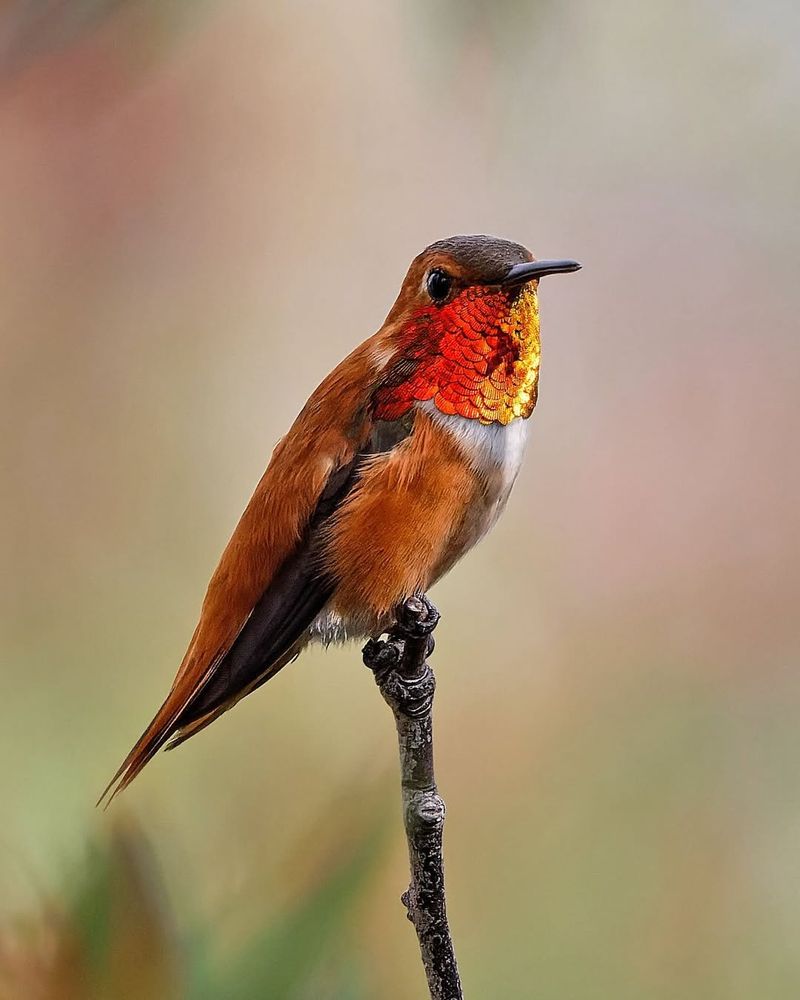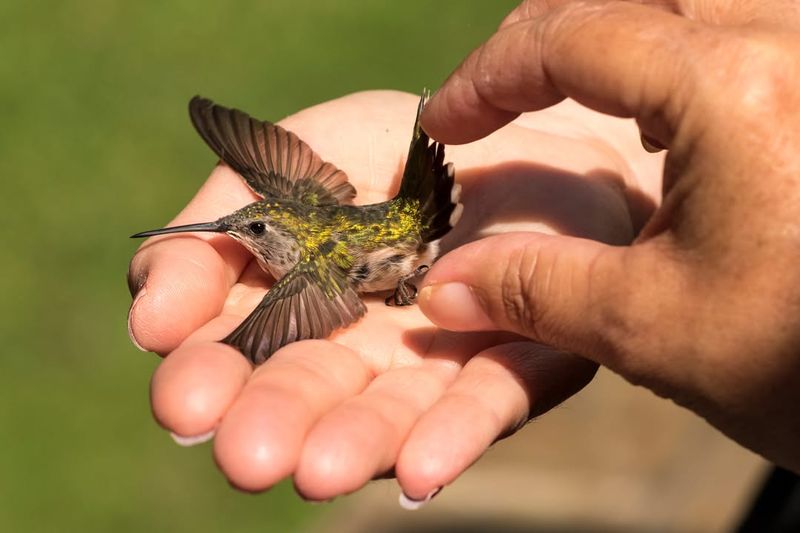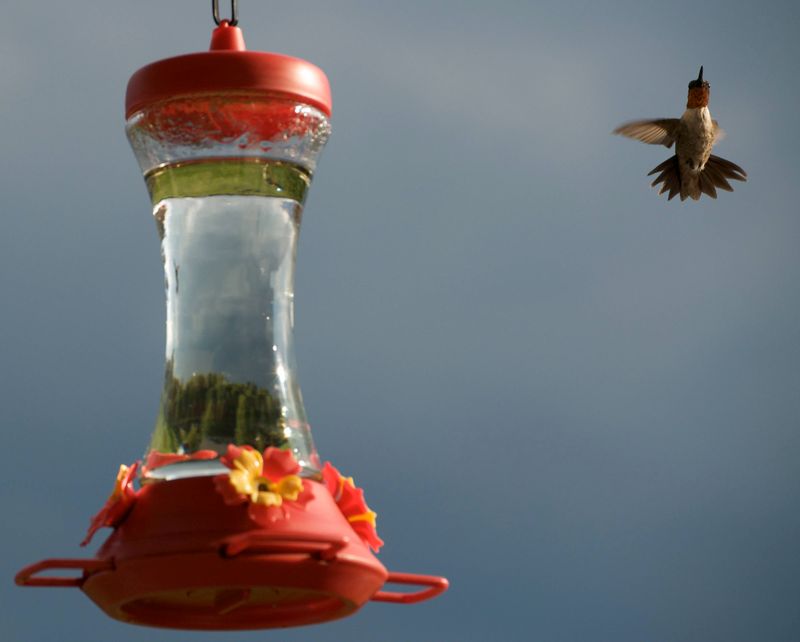As summer fades and the last blooms bite the dust, it’s tempting to pack up the porch and call it a season — but not so fast! If you’ve been playing host to hummingbirds, timing is everything.
Take your feeders down too soon, and you might leave a few feathered friends high and dry. Here’s how to know when it’s time to call it quits in New York.
1. Migration Patterns Determine The Best Removal Time
Most New York hummingbirds begin their southern journey in late August, with stragglers passing through until mid-October. Contrary to popular belief, keeping feeders up doesn’t delay their departure – their migration is triggered by daylight hours, not food availability.
Leave your feeders up until you haven’t spotted a hummingbird for two full weeks. This approach ensures late migrants or young birds still have fuel for their long journey south.
2. Watch For The Final Farewell Visitors
Late September often brings the last wave of hummingbird activity in New York. These final visitors are typically juveniles born that summer or birds from northern regions passing through on their way to wintering grounds.
Keep a small notebook near your window to track sightings as they become less frequent. Many bird enthusiasts mark their calendars each year, noting when they spot the season’s last visitor.
3. Weather Signals Provide Natural Removal Cues
Mother Nature offers clear signals when it’s time to bring feeders inside. The first hard frost in New York usually occurs between late September and mid-October, depending on your specific location within the state.
Once temperatures consistently drop below 40°F at night, most hummingbirds have already departed. This natural temperature threshold aligns perfectly with when you should consider removing your feeders for the season.
4. Feeder Maintenance Becomes More Challenging In Fall
Fall’s cooler temperatures can cause sugar water to ferment more slowly, creating a false sense of security. Yet this actually increases the risk of harmful mold growth that can sicken birds.
As daylight hours shorten and your schedule gets busier with back-to-school activities, maintaining clean feeders requires extra diligence. If you can’t commit to cleaning every 2-3 days in cooler weather, it’s better to remove feeders entirely.
5. Rare Winter Visitors Might Change Your Plans
Occasionally, non-migratory hummingbird species appear in New York during winter months. The rufous hummingbird, known for its hardiness, sometimes stays through New York winters, especially in recent years as climate patterns shift.
Should you spot hummingbirds after mid-October, consider keeping a single feeder maintained. These rare winter visitors benefit greatly from reliable food sources during harsh weather, when natural options have disappeared.
6. Regional Differences Affect Timing Across New York
Long Island and New York City residents often keep feeders up longer than those in the Adirondacks or Western New York. The urban heat island effect and proximity to ocean currents create milder microclimates where hummingbirds linger.
Northern New York typically sees earlier departures, sometimes by 2-3 weeks. Check with local Audubon chapters or bird watching groups in your specific region for the most accurate guidance on when the last hummingbirds typically depart.
7. Early Preparation Ensures A Successful Spring Return
Before storing feeders for winter, give them a deep cleaning with a solution of one part white vinegar to four parts water. Disassemble completely and use bottle brushes to reach every crevice where mold might hide.
Mark your calendar for early April – that’s when you’ll want to hang feeders again to welcome the first returning hummingbirds to New York. These early arrivals remember reliable feeding locations from previous years and will seek out your yard.

